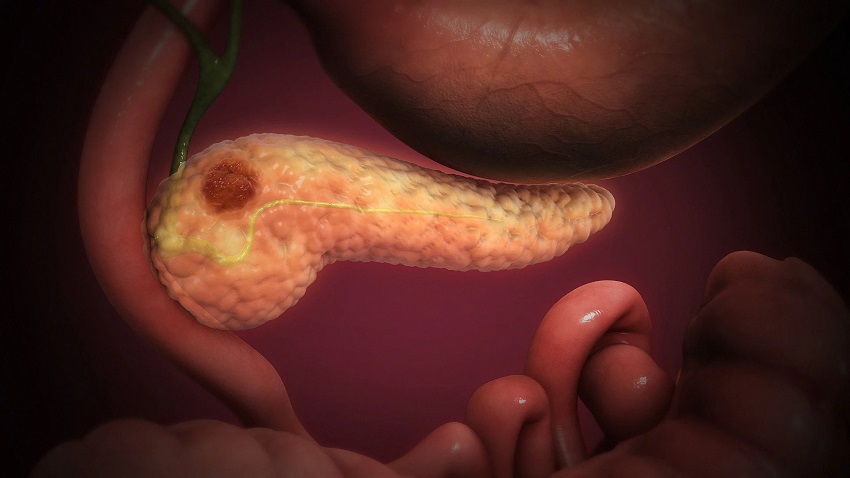Australia is a land of food, culture, and advancement. Advancements in fields of technology, medical facilities, and so much more. Australia has a research centre dedicated to numerous areas that fund the process of further development and provides various alternatives to problems. For example, the most common process known for pancreatic cancer is chemotherapy. As pancreatic cancer is difficult to detect in its early stages, the chances of survival decrease over time. Removing the tumour associated with the area is not a possible solution for this type of cancer. A cancer research foundation in Australia focuses on providing solutions or alternatives to these diseases to achieve a better quality of life for the patient.
Australia’s population has seen a significant increase in cancer cases over the last decade. Researchers even predict several other cases in 2021 and 2022, showing great concern for the residents. If you or your loved one has pancreatic cancer, it is vital to know about it, and asking your doctors to educate you about it is the first step. You can also ask the doctors to provide alternatives to chemotherapy with their pros and cons to help you make an informed choice. Pancreatic cancer treatment can be categorised as surgery, medicines, and radiation therapy. Based on the stage and size of the tumour, your professional can help you choose the alternative that suits you the best. Here are the other options, in brief, to understand better-
First Step-
Biopsy or laparoscopy: This method is used to understand the growth of the tumour and allows the experts to assess how damaged the tissue or organ is; this can help with the treatment plan. In this process, they take a tissue sample from the area with the tumour growth to test it for various types and provide a proper diagnosis.
Alternatives-
Whipple Procedure: The most common procedure used to remove pancreatic cancer tumours. Primary surgical treatment is when the tumour lies on the head or neck of the pancreas. This treatment is also called pancreaticoduodenectomy. During the procedure, the head of the pancreas, associated lymph nodes, and a part of the small intestine are surgically removed so that there are no residuals of the tumour. The surgery takes up to six hours to complete, and there are various steps in aftercare.
Pancreatectomy: Distal and Total are the two types of pancreatectomy. In distal pancreatectomy, the professional remove the pancreas and spleen’s tail and body. In a total pancreatectomy, if cancer has spread to the entire pancreas, steps like removing the whole pancreas are suggested with other parts like the bile duct, gallbladder, etc.
Palliative Care: Not all cancers or tumours can be removed surgically or treated through medication. Some patients require palliative care to improve their quality of life. The pain can be unbearable, and the symptoms can be too much. In such cases, you can opt for nerve blockers or other medicines that can help with tumour pain and help with other symptoms.
Radiation Therapy: radiation therapy is given in a set of ways according to the stage of pancreatic cancer and the size of the tumour. It also differs based on the symptoms that the individual is going through. Radiation therapy includes high-energy X-rays given through a machine outside the body to destroy cancer cells.
Final Thoughts-
A cancer research foundation in Australia focuses its whole and soul on providing more options for patients with pancreatic cancer. Your contribution provides a better chance of patient survival and an opportunity for further progress for researchers.




Leave a Reply